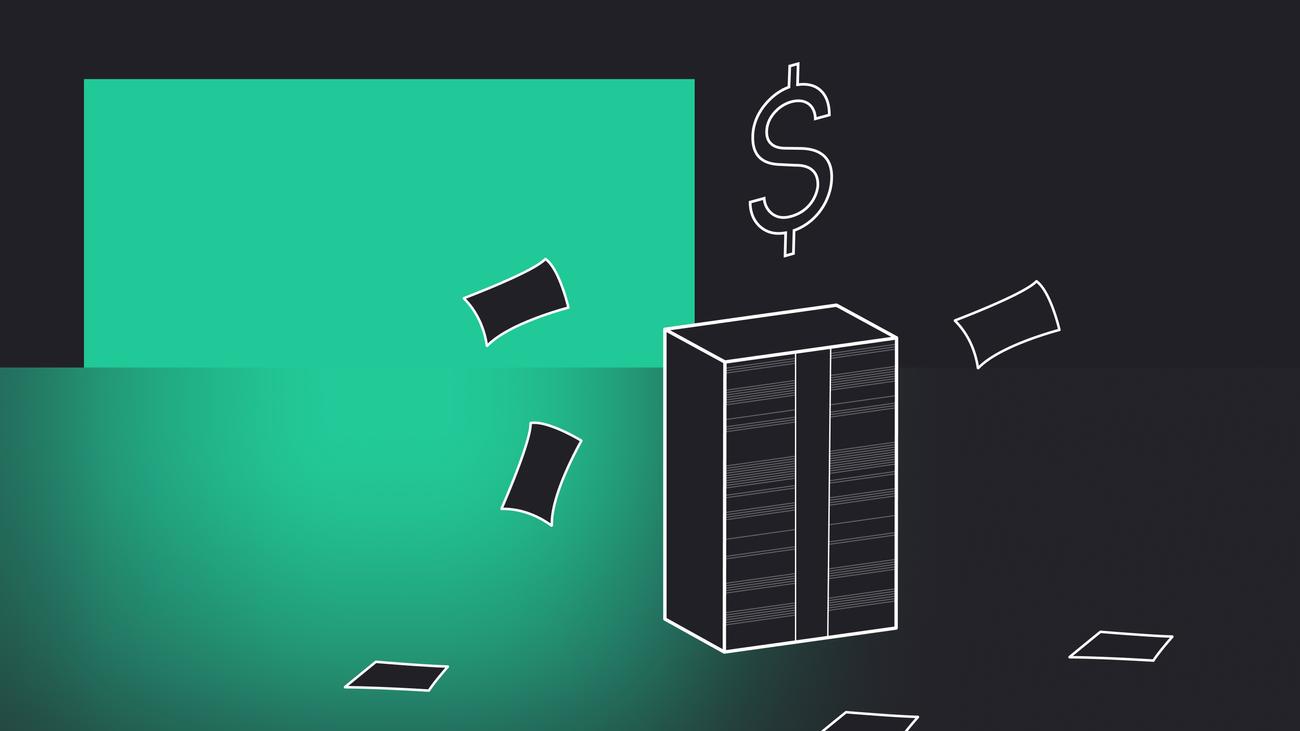


What affects the cost of software development?
In today’s market that promotes innovative solutions, custom software development is more valuable than ever. It facilitates responding faster to users’ needs and gaining an advantage over competitors. It also improves the internal processes.
When creating bespoke solutions, every software project is preceded by a thorough analysis of the client’s business goals and needs. A dedicated team later uses this information during mobile app development or web development to make the solution user-friendly and provide the best user experience (UX). However, as it’s the case with every product that brings value, it also has its worth.
You’re on the right path – the project idea that has a chance to revolutionize the market, you have a business plan and gathered investors. Now, it’s time to find the software development company that best fits your requirements. When you finally decided to outsource the project, you check their reviews on pages such as Clutch and browse through the portfolio. Then, you start to wonder – is there an average cost of developing software? Also, what’s really included in the cost of software development?
And that’s the topic of this article. However, if you want to know more about finding the right software house, check out 3 steps to choosing a software development company.
How is the custom software development cost calculated? What are its components? In other words, what affects this cost? What’s the software scope? Let’s answer these and some more questions about software development costs.
Scope of a custom software project
We can’t stress this enough, but a well-defined scope gives you an excellent start to precise cost estimation. It serves as a foundation and a guide for everybody involved in the project. Thanks to this, the team and project manager or Product Owner are aware of how much work the digital product requires. And you’re too.
Software scope involves various stages that intertwine with each other, and together, they form a full process. These stages are research, planning phase, design, development, testing and deployment. And later on, long-term application maintenance, further development, or scaling are also necessary for digital projects as they require it due to the ever-changing market.
Factors affecting software development cost
Many factors define the digital product’s cost. Let’s see what affects it in terms of coding, risks and other factors your software development company may include in the overall cost estimate. The basis on which software houses make the assessment involve non-functional requirements, deadlines and budget. Let’s take a closer look at them.
Scope of work
As I mentioned before, defining a scope should be the first thing you do because it shows you and your team the project size – how big it actually is. It covers all the crucial factors, including project requirements, third-party integrations, but also non-technical factors. All in all, in most cases, complex projects are more costly.
Deadline
It’s also a vital factor in determining the final cost. You should keep in mind that the software vendor will probably raise the hourly rate if you want to release the product fast.
Budget
This factor has an impact on the product’s functionalities. That’s why it’s so essential for us to know your limit. In this way, we can adapt our work to your resources while still bringing value to the market. One way of coming out of the situation with a tight budget is building an MVP.
MVP development not only minimizes custom software cost but also allows the development team (and you as a client) to focus on the app’s core value.
Continuous development
It encompasses all the actions after launching the product – adding new features, scaling, maintenance.
Software house’s size & reputation
The position of your software vendor on the market may also change the final price of the service. Why? Because along with the reputation comes the development team’s expertise, which means that they’ll probably provide you with all the necessary services. Thanks to this, you’ll have everything done in one place. But that also means that your software development budget may go up.
External libraries and plugins
This includes everything that a digital product needs to work and adds value to its end-users. That means all the features, whether or not the app requires integration with other services such as Facebook or Google and many more.
The degree of the project’s complexity
Depending on how complicated the project is, the price may vary. First of all, more senior developers will have to work there if the project is advanced. Moreover, due to its complexity, it has to undergo more prolonged safety review procedures.
Learn more about how to take care of software quality and get to know about quality assurance, automated tests and more.
The vendor’s country
It’s no secret that the cost of services varies from country to country. Luckily, some websites can help you with comparing the prices.
Your involvement in the project
It may surprise you, but your engagement in the process also impacts the costs. For example, if you’ve done a detailed analysis beforehand and provide the team with useful materials from the market and competitor research, it brings down the costs.


Have a project in mind?
Let’s meet - book a free consultation and we’ll get back to you within 24 hrs.
The software development process
Ideally, there would be a workshop during which we define the scope of the project. Next, our UX/UI designer prepares low-fi wireframes, which we can test on the end-users and gather feedback.
This information is later used when implementing adjustments to the digital product and creating the design. Once all the screens are done, it’s time for development and then launching the product.
When the app or website is on the market, we, again and again gather feedback and make all the necessary adjustments to fulfil the user requirements and needs. And then, there’s the product’s scalability. However, the process changes depending on the project, so there’s no one set pattern as to how it looks like.
And of course, this description is general and doesn’t include all the details of the process. So, if you want to know more, check out our guide about outsourcing or read How designer-developer cooperation changed the way we think about projects. These two articles will give you a better perspective on the software development stages and teamwork.
Our approach – software developers’ perspective
At Gorrion, we value transparency in every aspect of the cooperation. That’s why we explain the costs’ origin and what is happening with the product at a given moment.
Read our article about software development pricing models to know more about software development pricing and our way of doing things.
Moreover, we educate clients, explain the process and tasks that we perform. When it comes to communication, we adjust the detail of information to the specific clients, their knowledge and the time they can give us.
Workshop, research, testing and MVP are parts of the product development lifecycle and bring many benefits to the cooperation. Thanks to them, we can validate the digital product, understand the client’s business along with the market, and adjust the app to the end-users.
Also, during the product discovery workshop, we carry out various methods that aim to clarify the scope of the project, its requirements, and the risk connected with it. By doing the priority matrix, we can distinguish those things that bring the most value but are done with the lowest effort. From these so-called “quick wins”, we should start every project, as it enables us to release on the market a digital product that fits the users’ needs in a short amount of time.
Thanks to such techniques, we focus on the core of the digital product. We can cut the unnecessary functionalities that aren’t crucial to the app or website. Hence we’re saving the client’s time and money.
Final thoughts on software development costs
Understanding where the costs come from makes a huge difference in choosing your software vendor. Now that you know what the price includes, I hope we’ve made the process a little bit easier.
One way or another, if you have any questions concerning your project or idea, contact us. Send a message or book a meeting with Leo – we’ll be happy to help and tell you more about the process.
Editor’s note: We’ve originally published this post in February 2021 and updated it for comprehensiveness.


Have a project in mind?
Let’s meet - book a free consultation and we’ll get back to you within 24 hrs.
Mariusz, on our blog, covers business issues like software development costs, ways of choosing the right software agency, and more.


